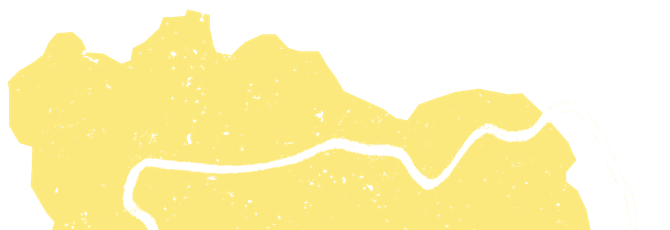Research reports
Saving for a very dry day
The contribution of self-help groups to building resilience in East Africa
2017 Available in English

Women return home with water after visiting a borehole in South Sudan. Photo: Tom Price/Tearfund
Download resource
Similarly Tagged Content
Share this resource
If you found this resource useful, please share it with others so they can benefit too.

Get our email updates
Be the first to hear about our latest learning and resources
Sign up now - Get our email updates




